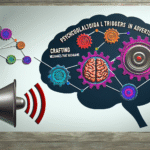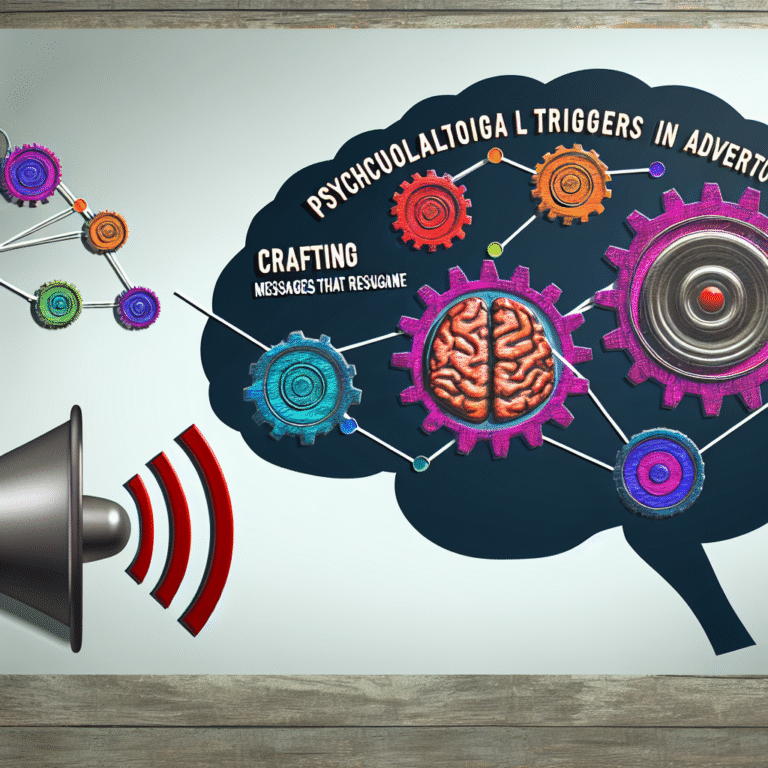
Introduction
In a world bursting with chaos—from relentless work demands to personal life challenges—engaging in effective emotional regulation has never been more essential. The ability to move from chaos to calm is not just favorable; it is vital for our mental well-being and overall success. Imagine taking a deep breath amid the storm and feeling composed enough to handle whatever comes your way; this is the power of emotional regulation. This article delves into actionable techniques that can help you master your emotions, leading to a more peaceful and productive life.
The Importance of Emotional Regulation
The Impact on Our Lives
When we think of emotional regulation, we often overlook its vast implications. Research indicates that effective emotional regulation can significantly enhance our relationships, improve decision-making skills, and boost overall mental health. By learning how to transition from chaos to calm, we can mitigate stress, reduce anxiety, and improve our responses to daily challenges.
Case Study: The Corporate Leader
Consider Sarah, a senior manager at a high-pressure company who struggled with work-related stress. Her inability to regulate her emotions led to frequent misunderstandings with her team and a decline in productivity. By implementing emotional regulation techniques, such as mindfulness and cognitive restructuring, Sarah learned to navigate her workplace challenges calmly. Over time, not only did her performance improve, but her relationships with her colleagues also strengthened.
Techniques for Enhanced Emotional Regulation
1. Mindfulness Meditation
What is Mindfulness?
Mindfulness is the practice of being present and fully engaged in the moment without judgment. It encourages us to acknowledge our feelings without becoming overwhelmed by them.
How to Implement Mindfulness
- Set Aside Time: Dedicate at least 10 minutes a day to practice mindfulness meditation.
- Focus on Your Breathing: Pay attention to your breath. Inhale for four counts, hold for four, and exhale for six.
- Acknowledge Your Thoughts: When chaotic emotions arise, note them, but let them pass like clouds in the sky.
The Benefits of Mindfulness
Mindfulness meditation has been shown to reduce stress and anxiety, enhance emotional awareness, and improve focus. Research published in the Journal of Happiness Studies indicates that individuals who regularly practice mindfulness experience a higher quality of life.
2. Breathing Techniques
Breathing as a Tool
Breathing exercises are scientifically proven to calm the nervous system and reduce anxiety. They can quickly help you transition from chaos to calm.
Effective Breathing Techniques
- 4-7-8 Breathing: Inhale for 4 seconds, hold for 7 seconds, and exhale for 8 seconds. This helps alleviate stress and induce calm.
- Box Breathing: Visualize a box. Inhale for four counts, hold for four, exhale for four, and hold empty for four.
The Science Behind Breathing
Studies indicate that controlled breathing techniques can directly lower cortisol levels, the hormone associated with stress.
3. Cognitive Restructuring
Understanding Cognitive Distortions
Cognitive restructuring involves identifying and challenging negative thought patterns. This technique is essential in transforming chaotic thinking into a more balanced perspective.
How to Practice Cognitive Restructuring
- Identify Distorted Thoughts: Write down negative thoughts as they occur.
- Challenge Your Thoughts: Ask, “Is this thought based on fact?” or “What evidence do I have?”
- Propose a Balanced Thought: Replace the negative thought with a more rational perspective.
Real-World Example
John, a college student, frequently thought, “I will fail this exam.” After practicing cognitive restructuring, he began to replace that thought with, “I have studied and can do well if I focus.”
4. Journaling for Reflection
Keeping a Journal
Journaling serves as a powerful tool for understanding emotions and can greatly aid in transitioning from chaos to calm.
How to Journal Effectively
- Express Your Feelings Freely: Write without fear of judgment.
- Reflect on Events: Consider what triggered your emotions and how you reacted.
- Daily Gratitude: List three things for which you are grateful each day.
Benefits of Journaling
Research published in the Journal of Clinical Psychology reveals that expressive writing can enhance emotional regulation and work through difficult feelings more effectively.
5. Physical Activity
The Link Between Movement and Mood
Regular physical activity serves as a potent antidote to stress. It releases endorphins, promoting a sense of calm.
Finding Your Fit
- Choose Enjoyable Activities: Whether it’s dancing, jogging, or yoga, engaging in activities you love is vital.
- Consistency: Aim for at least 150 minutes of moderate aerobic activity each week.
Case Study: The Office Worker
A survey of employees at a tech firm revealed that those who participated in weekly yoga sessions reported lower stress levels and enhanced emotional regulation.
| Technique | Benefits |
|---|---|
| Mindfulness | Stress reduction, improved focus |
| Breathing Techniques | Lower cortisol levels |
| Cognitive Restructuring | Balanced perspectives |
| Journaling | Enhanced self-awareness |
| Physical Activity | Increased endorphins |
Conclusion
Moving from chaos to calm is a journey that requires dedication and practice, but the techniques outlined in this article can serve as your guiding roadmap. By incorporating mindfulness, breathing techniques, cognitive restructuring, journaling, and physical activity, you can cultivate an effective emotional regulation strategy that not only enhances your well-being but also inspires those around you.
Embrace the challenge of emotional regulation and transform your daily experiences into opportunities for growth and self-awareness.
FAQs
1. What is emotional regulation?
Emotional regulation refers to the ability to manage and respond to emotional experiences in a healthy way.
2. Can emotional regulation improve my relationships?
Yes, by fostering better communication and empathy, emotional regulation can lead to healthier and more productive relationships.
3. How long does it take to see results from these techniques?
The timeline varies, but many individuals notice improvements within a few weeks of regular practice.
4. Are these techniques suitable for everyone?
Most of these techniques can be adapted for anyone. However, individuals with specific mental health issues should consult a professional.
5. Can I practice emotional regulation techniques daily?
Absolutely! Consistency is key; practicing these techniques regularly will yield the best results.
By transforming chaos into calm, you can elevate your mental well-being and enjoy a more fulfilling life. Each step you take towards improved emotional regulation is a step towards a more peaceful existence.
















